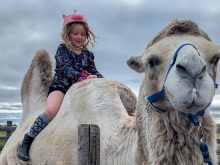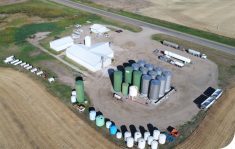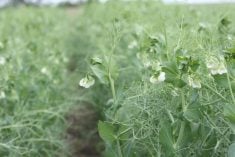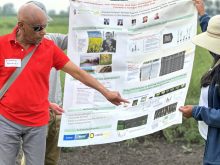Maps on the wall pinpointed diseased farms and a flow chart tracked the spread of an outbreak.
More than 20 veterinarians and scientists rushed around a control centre in a tightly secured federal lab, making decisions on how to contain the disease and eradicate infected animals.
One hour into a day spent with his father at work, Darryl Embury’s son was convinced this was the real thing. The Grade 9 student was participating in the annual Take Our Kids to Work program.
His visit coincided with the week Embury was helping Western Canada’s emergency response team practise how it would fight an animal disease outbreak of catastrophic proportions.
Read Also
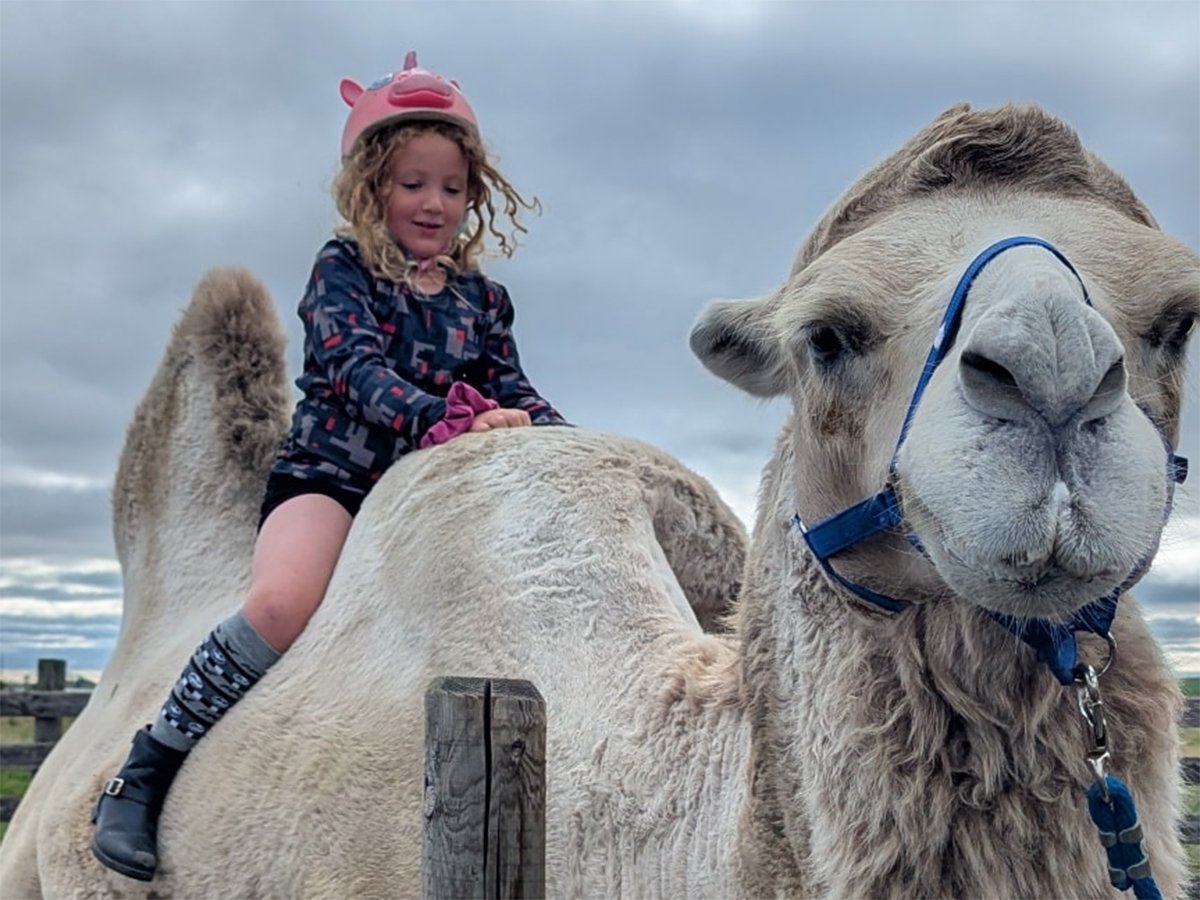
Volunteers help exotic animal farm rebuild
Exotic animal farm loses beloved camel and pony to huge hail storm that gripped the Brooks, Alta. area as a community member starts a fundraiser to help the family recover from the financial and emotional damage.
The vets were rushing to stop an outbreak of NIMBY, a fictional disease modeled after hoof-and-mouth disease. It was a simulation, but team members worked 11-hour days under “considerable stress,” said director George Luterbach.
Normally, vets at the Canadian Food Inspection Agency concentrate on making sure imported animals, meat and byproducts don’t pose disease risks to Canadian livestock.
But Luterbach said it’s critical for his team to be prepared for a worst-case scenario, an outbreak of a foreign animal disease.
In recent years, hoof-and-mouth disease decimated Taiwan’s livestock industry, while hog cholera swept through Dutch swine barns.
These diseases don’t exist in Canada, but Luterbach said it is conceivable they could be brought in, despite the agency’s checks.
“It can happen,” he said. “The world is very small.”
Half the countries in the world have hoof-and-mouth disease present, he said. It is a hardy disease that can survive in meat products brought in to Canada.
“If it went unchecked, the costs would be astronomical,” said Luterbach.
Sipping coffee during a break outside the control centre, Ken Stepushyn described the “adrenaline rush” involved in simulations. A vet with the agency in Victoria, B.C., he has been through the exercises before.
He has also applied the same principles to “hit the ground running” in dealing with small, localized outbreaks of diseases like tuberculosis and brucellosis in his years of work as a regional vet in Dauphin, Man.
“These scenarios, they’re all meant to tax you so you can come up with innovative solutions” in emergencies, he said.
Just as a theatre or dance troupe must practise its co-ordinated moves again and again, so must an emergency response team, he said.




